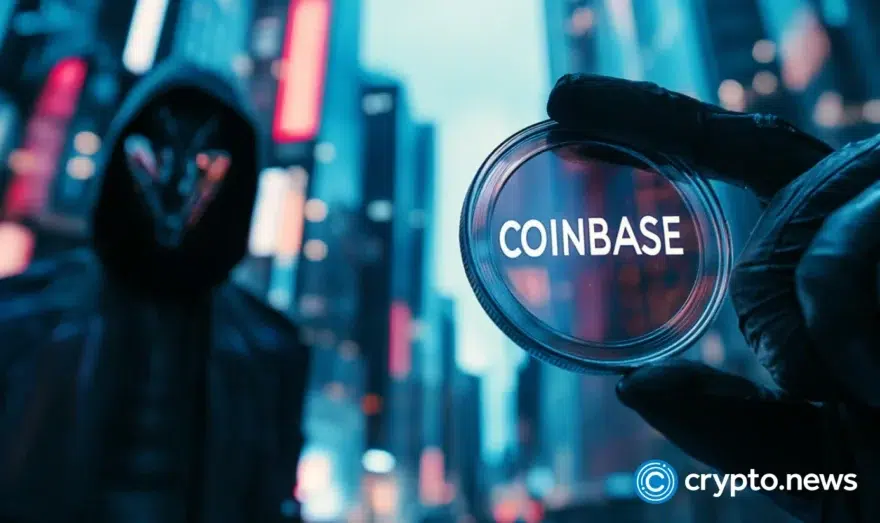Investors must protect themselves from hidden defi costs in 2024 | Opinion

Disclosure: The views and opinions expressed here belong solely to the author and do not represent the views and opinions of crypto.news’ editorial.
Defi offers exciting possibilities for investors, but beyond upfront gas fees, there are hidden costs that can significantly reduce potential returns.
While traditional payment processing firms like Visa and Mastercard offer fixed fees for merchants and consumers alike, blockchains powered by smart contracts operate differently. Across networks such as Ethereum and Solana—as well as other EVM-compatible platforms—transaction costs are dynamic. This feature means that the price you’ll pay to complete a transfer will depend on how congested the blockchain is and the priority you set for completion.
At the time of writing, average gas fees on Ethereum—the most popular blockchain for defi protocols—stand at 28.46 gwei (about 95 cents). This has fallen substantially following the long-awaited Dencun upgrade, which enhanced the network’s scalability, all while making layer-2 solutions cheaper to use. Affordability needs to be a top priority, especially considering that expensive transactions price consumers in emerging economies out of getting involved.
Moving beyond gas fees, other surprises can significantly impact investor returns. Here are four common ones to look out for:
- Impermanent loss. Impermanent loss (IL) refers to when the profits gained from staking tokens in a liquidity pool are smaller than the gains that would have been realized by holding these cryptocurrencies directly. It’s known as “impermanent” because the price of digital assets can eventually recover. Losses will only be confirmed if an investor pulls liquidity from the pool when this happens.
- Loss-versus-rebalancing. Traditional automated market makers constantly rebalance pools to maintain ratios, but LVR ensures liquidity providers don’t capture all potential gains during this process versus a rebalancing portfolio. If crypto prices quoted by AMMs are out of date, with digital assets trading at a higher premium on more liquid platforms, arbitrageurs have an opportunity to exploit this and turn a profit.
- Slippage. Arguably, one of the most common problems in crypto more generally—and not just in defi—is slippage, which refers to how market fluctuations affect final trade prices. Let’s imagine that an investor attempts to buy Ether at $3,000, but a sudden market move pushes its value upward to $3,100 before that order is filled. This action would result in a slippage of $100. Slippage is especially important to look out for when placing high-volume trades on illiquid pairs. A large order in a low liquidity pool can drastically affect prices when the trade executes.
- Maximal extractable value. Here, savvy actors exploit AMM inefficiencies or timing games to profit at the expense of other participants. MEV has become an important metric in sophisticated Defi strategies. In the context of Ethereum’s proof-of-stake network, it refers to validators who change the order of transactions within a block to maximize revenue.
What’s the answer?
These potential pitfalls highlight the importance of understanding the defi landscape before diving in. They can all disproportionately impact liquidity providers that deploy their own capital into defi opportunities. Lower-than-expected returns, or even losses, can discourage participation—ultimately hindering the growth and stability of the defi ecosystem.
There is no silver bullet for eliminating hidden costs in defi. Builders need to create protocols that tackle these complexities, all while doing a better job of educating users about potential risks—and the additional steps they can take to protect themselves. For example, when it comes to mitigating impermanent loss, investors should rebalance their portfolios—and depend on less volatile assets—to reduce the percentage of their portfolio exposed to this risk.
Understanding different AMM models and tradeoffs is essential. Some newer protocols are helping to mitigate LVR and boost investors’ overall returns. Researching platform rebalancing strategies can help you choose the best place for your liquidity. Additionally, hedging an LP position can help mitigate impermanent loss while setting realistic slippage limits, which reduces the sting of price fluctuations during trades.
It’s important always to check price impact when trading. If it’s too large, breaking the single trade up into multiple ones can be helpful. Investors can use conservative settings for slippage to prevent the price from moving unfavorably against them after submitting trades. By trading on an aggregator like LlamaSwap, 1inch or Matcha, one can get the best execution by accessing liquidity across multiple venues. Finally, submitting transactions through an RPC service that protects against MEV, like Flashbots Protect, can be another way to mitigate costs.
Some newer oracle protocols like Pyth use a push-based model instead of the more traditional pull-based model like Chainlink. This allows protocols more control over price updates and enables accessing near real-time prices on-chain. If there was a way to directly match complementary trades between users of a single protocol, they could settle without price impact, slippage, or MEV—earning more returns for liquidity providers.
Implementing these improvements is ultimately in the interest of defi protocols. Offering consistent returns and fees can prevent users from rushing off to rivals when better deals emerge—and it can also help projects achieve sustainability for years to come. Simplifying infrastructure tears down barriers to entry for consumers who fear the world of decentralized finance is just too complicated for them to understand. You only get one chance to make a strong first impression with new users, and those who find the experience of interacting with defi offputting are unlikely to return in the future.
New protocols with innovative solutions like on-chain portfolio management and efficient trade execution are beginning to create a fairer environment for liquidity providers. Staying continually informed about the latest developments in the industry matters. That way, you’ll be able to navigate defi with confidence and maximize your returns.














